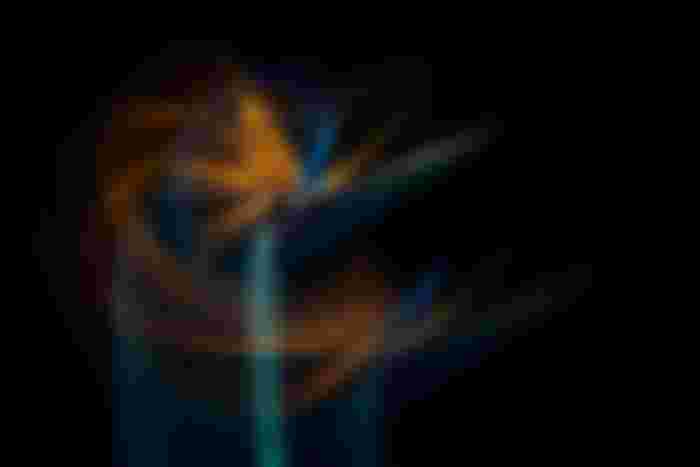Creative Flower Photography is a very special course for those who love fine art photography and are fascinated by the beauty of flowers. It is a rare opportunity to learn from a true master of flower photography Polina Plotnikova ARPS EFIAP.

What to bring
Please bring any camera that allows full manual control (M on program dial). A DSLR is recommended, however, most of the mirrorless compact systems / micro-four-thirds and bridge cameras should also be suitable. Ideally you will need a tripod and a lens in the range of 50mm – 100mm.
Prerequisites:
This workshop is an ideal follow on from those who’ve attended the RPS Introduction to
Creative Flower Photography and builds upon those skills.
Key Learning points:
– Introduction to studio lighting and technical aspects of fine art flower photography
– using studio equipment, light controllers, softboxes and reflectors
– Some of Polina’s more advanced favorite lighting setups and techniques
– Multiple exposures
– Focus stacking
– Using Lensbaby lenses to push your creativity
– tips on post-processing images in Adobe Photoshop.
At the end of the day not only you will gain confidence for shooting in a studio environment,
but you will also walk away with some great images for your portfolio.

What’s included?
Amersham Studios is the UK’s foremost photography training center and working studio. We’ve created a warm friendly environment where no question is a stupid question and all makes and models of cameras are welcome. You’ll get to play with the latest gear, spend time with our experts and leave a better photographer.
We limit the number of attendee to small numbers to ensure we deliver a world class experience.
As with all Amersham Studios courses will be providing:
– Gourmet coffee, refreshments and cucumber water.
– A scrumptious buffet lunch (We’ll ask about any dietary requirements by email a week before the workshop)

Our Experts Credentials:
Polina describes her approach to flower photography as “somewhat similar to that of a portrait photographer – for every flower and plant that I photograph, I always try to find its unique look, study its mood and character, and ultimately unlock the hidden beauty of my models”.
While appreciating the natural beauty of plants and trying to stay true to their original look, Polina does not limit her point of view to purely botanical. Instead, she tries “to lift a flower off its typical setting and put it into indeterminate space, where its beauty can be seen in all its purity”.


